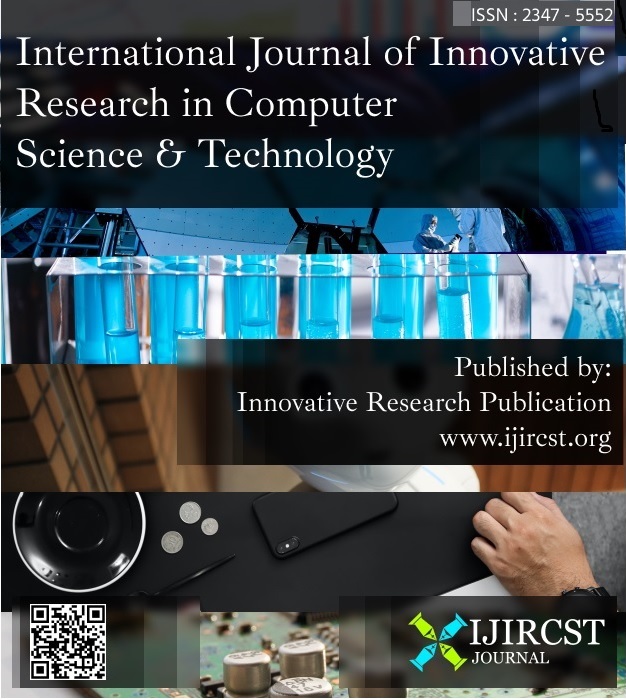Utilization of Admixtures in Self-Compacting High Performance Concrete
Keywords:
SCC, concrete, high performance, flowable, constructionAbstract
Flowable concrete or self-consolidating or self-compacting concrete (SCC) is a particularly flowable, non-segregating concrete which flows, plugs formwork, and captures the utmost congested rebars with none use of mechanical vibration. When used with admixtures to enhance the performance of concrete, it is called as self-compacting high performance concrete. An extant literature survey was taken up to understand the utilization of waste polyethene, fly ash and micro-silica in SCC to make it a SCHPC. It has been seen that very less amount of research work is available on use of waste polythene in conventional concrete as well as SCC. A few studies have reported positive results towards the mechanical properties i.e. compressive strength and flexural strength of concrete while no literature is available taking into account its initial cost and the durability aspects of such concrete.
Downloads
References
Gupta, S. 2019. Recent Advances in Self-Compacting concrete. New Building Materials & Construction World (NBM&CW), 24(7):178-185.
Gupta, S., 2016. A Review on the use of Micro-silica and Nano-silica in SCC, New Building Materials & Construction World (NBM&CW), 22 (2): 131-137.
Persson B., 2001. A comparison between mechanical properties of self-compacting concrete and the corresponding properties of normal concrete, Cement and Concrete for Research, 31:193-98.
Felekoglu B , Turkel S, and Baradan B. , 2005. Effect of w/c ratio on the fresh and hardened properties of SCC, Building and Environment Research,35: 373–79.
Grdic Z., Despotovic I., and Topliciccurcic G., 2008. Properties of self-compacting concrete with different types of additives, Architecture and Civil Engineering, 6(2):173 – 77.
Liu M., 2010. Self-compacting concrete with different levels of pulverized fuel ash, Construction and Building Materials, 24:1245-52.
Bhogayata, A., Shah, K. D., Vyas, B. A. and Arora N. K., 2012. Feasibility of wastes metallized polythene used as concrete constituent. International Journal of Engineering and Advanced Technology (IJEAT),1(5):1-10
Rai, B., Rushad, S. T., Kumar, B. and Duggal, S. K. 2012. Study of wastes plastic mix concrete with plasticizer. International Scholarly Research Network ISRN Civil Engineering, Article ID 469272, doi:10.5402/2012/469272.
Chhotu, A.K. and Gupta, S., 2013. Use of Waste Plastic in Bituminous Concrete Mixes for Construction
of Flexible Pavements: Step towards Waste Minimization. National Conference on Recent Trends in Innovation in Civil Engineering held at BRCM CET, Bahal: 151-154.
Ghernouti, and Youcef,, 2015. Fresh and hardened properties of self-compacting concrete containing plastic bag waste fibers (WFSCC). Construction and Building Materials, 82:89-100.
Singh N., and Singh S.P., 2016. Carbonation and electrical resistance of self-compacting concrete made with recycled concrete aggregates and metakaolin, Construction and Building Materials, 121: 400–09.
Al-Hadithi, A.I., Noaman, A.T. and Mosleh, W.K., 2019. Mechanical properties and impact behavior of PET fiber reinforced self-compacting concrete (SCC). Composite Structures, 224: 111-21.
Uysal M. and Yilmaz K., 2011. Effect of mineral admixtures on properties of self-compacting concrete, Cement & Concrete Composites, 33: 771-76.
Kanellopoulos, A. , Petrou M, and Ioannou I., 2012. Durability performance of self-compacting concrete, Construction and Building Materials, 37:320–25.
Aslani F. and Nejadi S, 2012. Mechanical properties of conventional and self-compacting concrete: An analytical study, Construction and Building Materials, 36: 330-47.
Todorova E., Chernev G., and Markov P., 2013. Influence of metakaolinite and stone flour on the properties of self-compacting concrete, Journal of Chemical Technology and Metallurgy, 48(2): 196-201.
Shetty K, Nayak G, and Shetty R, 2014. Self-Compacting Concrete Using Red Mud And Used Foundry Sand, International Journal of Research in Engineering and Technology,3: 709-11.
Rich D, Goodier C, Glass J, Gibb A, and Sander G, 2015. Optimising construction with self compacting Concrete, Proceedings of the Institution of Civil Engineers - Construction Materials,170 (2):104-14.
Kapoor K., Singh S., and Singh B., 2016. Durability of self-compacting concrete made with Recycled Concrete Aggregates and mineral admixtures, Construction and Building Materials, 128: 67–76.
Li H , Huang L, Yongjiang X, Zhonglai Y, and Wang Z, 2017. Effect of water–powder ratio on shear thickening response of SCC, Construction and Building Materials,131:585-91.
Massana J, Reyes E, Bernal J, León N, and Sánchez-Espinosa E., 2018. Influence of nano-and micro-silica additions on the durability of a high-performance self-compacting concrete, Construction and Building Materials,165:93-103.
Bouzoubaa N. and Lachemi M., 2001. Self-compacting concrete incorporating high volumes of class F fly ash Preliminary results, Cement and Concrete Research, 31:413-20.
Safiuddin M, West J.S., and Soudki, K.A., 2008. Durability performance of Self- compacting concrete, Journal of applied Sciences Research, 4(12): 1834-40.
Valcuende M. and Parra C., 2010. Natural carbonation of self-compacting concretes, Construction and Building Materials, 24:848-53.
Druta C, Wang L, and Lane D, 2014. Tensile strength and paste–aggregate bonding characteristics of self-consolidating concrete. Construction and Building Materials, 55:89-96.
Varghese M., 2017. Partial Replacement of Cement using Red Mud in SCC, International Journal of Innovative Research in Science, Engineering and Technology, 6(5): 8333-37.
Ghorpade, V.G. and Rao, H.S., 2018. The Behaviour of Self Compacting Concrete With Waste Plastic Fibers When Subjected To Chloride Attack. Materials Today: Proceedings, 5(1):1501-08.
Mohammed, M.K., Al-Hadithi, A.I. and Mohammed, M.H., 2019. Production and optimization of eco-efficient self-compacting concrete (SCC) with limestone and PET. Construction and Building Materials, 197: 734-46.
